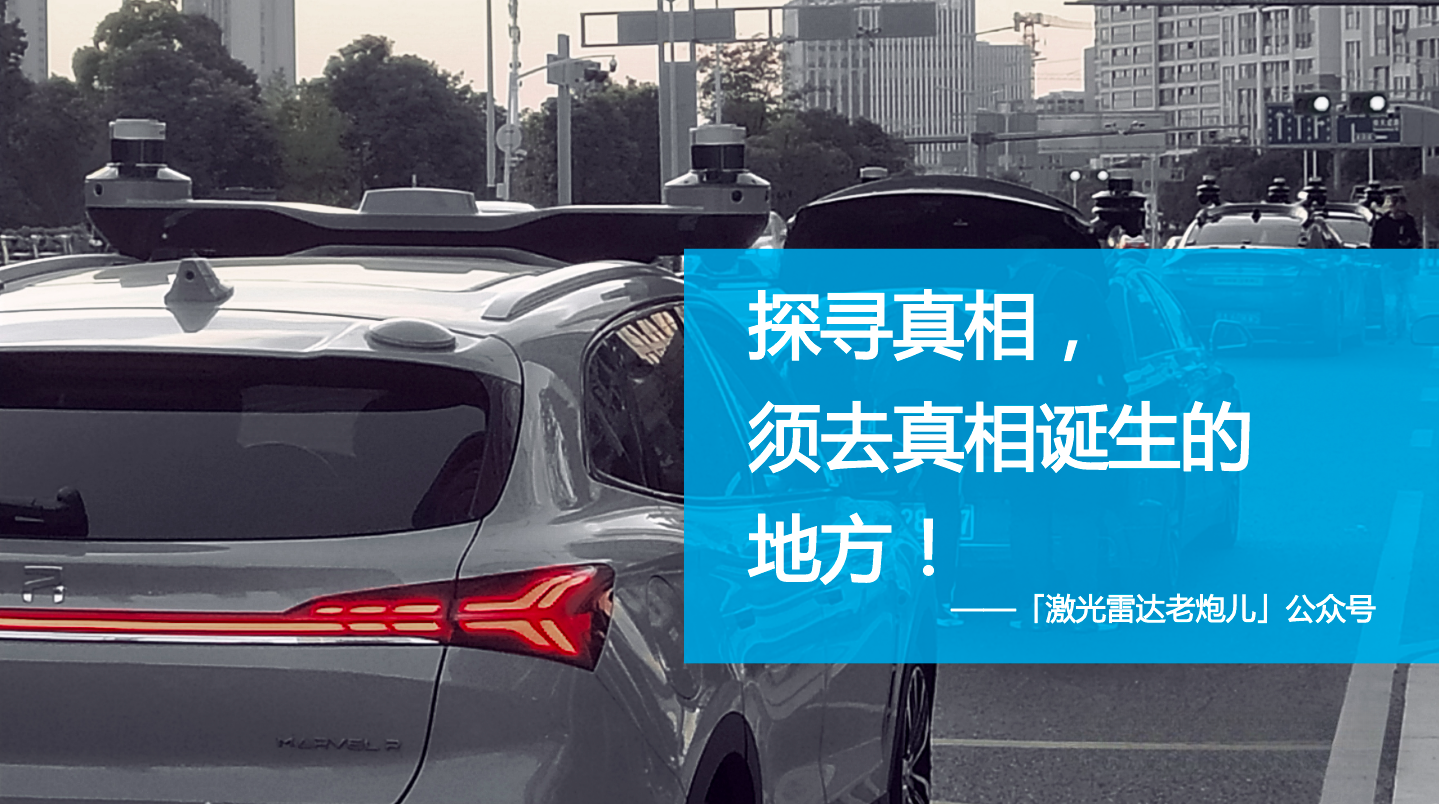Author: Alan
“We really don’t base our sensor selection on cost, but on what we think the deployment of this technology in terms of safety requires.” said Jason Dieterman, Chief Engineer at General Motors, “The decision to use LiDAR is more for safety than for money.”
On March 7th local time, General Motors announced that its new generation of Ultra Cruise driving assistance system will be equipped with LiDAR and several other high-tech sensors in order to achieve “hands-free” driving and cover “95%” of driving operations.
As we know, Tesla CEO Elon Musk has always refused to use LiDAR as part of its autonomous driving system, stating that LiDAR sensors are too expensive and compares them to “sticking a bunch of appendix-like organs everywhere”. However, as LiDAR costs continue to fall, many other automakers have adopted this hardware because of its excellent performance in low visibility conditions and its ability to accurately depict a 3D image of the surrounding environment and nearby objects. In addition to General Motors, Volvo and Mercedes-Benz have recently announced that they will also install LiDAR on more mass-produced models in the future. As General Motors Chief Engineer Jason Dieterman said, “The decision to use LiDAR more is for safety, not for money.”
According to the introduction, this release is the first major update since General Motors announced the launch of Ultra Cruise at the end of 2021. The new generation of driving assistance system will use a variety of sensors including cameras, short- and long-range radar, and LiDAR, and will also be equipped with Qualcomm’s latest Snapdragon Ride platform to process massive amounts of data from multiple sensors.
The image provided by General Motors shows that the LiDAR of the new generation Ultra Cruise system will be installed in the car, behind the windshield and below the rearview mirror, while cameras will be deployed on the side mirrors, short-range radar at the lower corners of the grille and rear bumper, and long-range radar underneath the hood and taillights._20230309131244.png)
” This will provide us with a 360-degree vehicle panorama, allowing us to expand this ‘hands-off’ driving capability to a larger field,” said General Motors’ chief engineer, Jason Dieterman, in a briefing on Monday. Dieterman also said that drivers will be able to use Ultra Cruise to “travel almost every paved road in the United States and Canada.”
General Motors said its custom ultra-luxury Cadillac Celestiq will be one of the first models to be equipped with Ultra Cruise, and is expected to go into production in early 2024. GM did not disclose which new models will be compatible with the driver assistance system.
It is reported that GM is also developing Ultra Cruise software internally with its own engineers and code team. Notably, the company is not collaborating with its Robotaxi subsidiary Cruise, and Dieterman said that there is a “unique” difference between the two.
Although improved in function, General Motors says it still considers Ultra Cruise to be an L2 system as defined by the Society of Automotive Engineers. In L2, a vehicle can control steering, acceleration, deceleration, and monitor blind spots, and even autonomously change lanes, but the driver still needs to remain vigilant with eyes on the road. If the driver does not do so, the vehicle’s infrared sensors will detect it and the system will send multiple warnings before the driver’s hands leave the wheel to ensure safe driving.
This article is a translation by ChatGPT of a Chinese report from 42HOW. If you have any questions about it, please email bd@42how.com.
